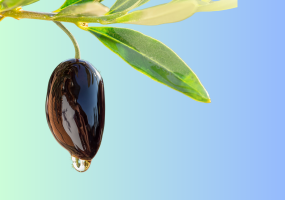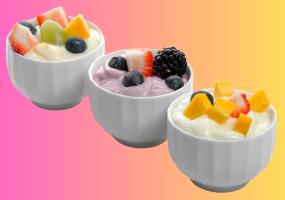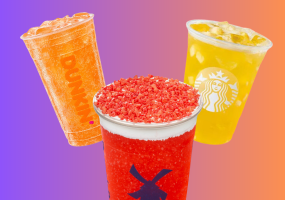It has only been recently that gluten has been given the attention it deserves, particularly considering how harmful it can be to those suffering with celiac disease, and there are many foods that many don't now that contain gluten. Being a common problem in the United States society - about 1 in every 100 Americans have celiac disease -, it's important to be fully aware of which foods are to be taken with precaution, or not at all, by people with this autoimmune disorder.
First of all, it should be noted what gluten is exactly: this is a protein composite, which is found in different grains like rye, wheat and barley. It is often used to give dough elasticity, and also help it rise while keeping its shape; because of this, many baked comfort foods such as cookies or cake involve gluten in their making.
Gluten is most commonly found, of course, in derivatives of wheat, barley and rye. However, these include a very wide set of foods, ranging from beer (which is generally made with wheat or barley) to otherwise fairly healthy products such as soy sauce (which is usually brewed from wheat).
Reading food labels is the key for people with celiac disease to lead a comfortable, gluten-free life. Particularly because the above-mentioned foods are only some of the more obvious products containing the composite, but it is really "hidden" in a great deal of non-specialized foods. The American Diabetes Association lists the "gluten surprises" as:
- Malt
- Salad dressings
- Seasoned rice and pasta mixings
- Matzo
- Breadcrumbs and croutons (careful with Caesar salads and other people's bread crumbs in the toaster!)
- Fried foods
- Soups and bouillon cubes
- Some lunch meats and hot dogs
- Self-basting turkey
- Imitation fish
- Seasoned snack foods
- Some candies
- Modified food starch
- Salad dressings
So, take care of yourself and never forget to check the labels of every food item you buy - and, when it comes to salad dressings, be sure to prepare one for yourself that will meet your taste and health!









